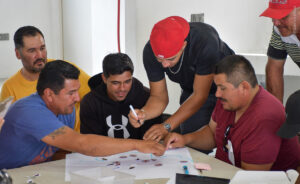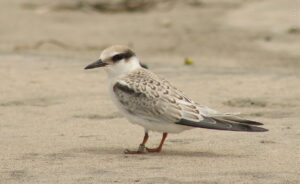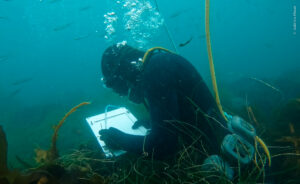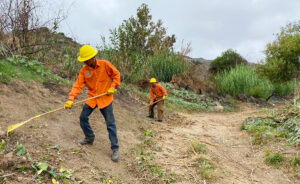The Playa Ceuta Turtle Sanctuary is a complex of lagoons, marshes, and mangroves that extends over more than 500 hectares on the Pacific coast in the municipality of Elota, in the center of the state of Sinaloa. This site is considered strategic for conservation in Northwest Mexico, which is why it was declared a National Sanctuary in 1986 and its decree was updated in 2022.
Playa Ceuta is an important site for conservation because migratory birds are present in the lagoon pools, mangroves, and wetlands. In fact, the Playa Ceuta lagoon system appears on the list of RAMSAR Sites as one of the most ecologically important wetlands and coastal ecosystems on the planet.
The presence of migratory birds is such that every two years a continental task is carried out to monitor the population of these species throughout North America. The northwestern region of Mexico is part of the Pacific Flyway, so our team of experts carries out this monitoring in 17 strategic wetlands, including Playa Ceuta.
The result of this monitoring provides essential information to know the status of each species, as well as to discover environmental indicators and detect risks to ecosystems and wildlife. Between 2013 and 2017, monitoring at Playa Ceuta resulted in some 16,000 migratory birds per season. This highlights the care of natural resources, with cleanup days, signage, and training for producers and visitors who come to practice hiking and water sports such as surfing.
The area provides shelter and food for 20,000 shorebirds during migratory peaks, serving as a stopover and breeding area for threatened species such as the Snowy Plover (Charadrius nivosus), which makes up 22% of the Pacific population with a total of 650 individuals during the breeding season, and an important population of Least Tern (Sternula antillarum) with 2,500 individuals.
Four of the eight species of sea turtles, the Olive Ridley (Lepidochelys olivacea), the Olive Ridley (Chelonia mydas) and the Leatherback (Dermochelys coriacea), also nest on this beach.
As for the characteristic plants of Playa Ceuta, there are several types of mangroves, which provide environmental services such as protection of the coastline against the force of the sea and erosion, as well as providing safe space for fish, crustaceans, reptiles and birds. Among the most common mangroves are the Button Mangrove (Conocarpus erecta), the Red Mangrove (Rhizophora mangle) and the White Mangrove (Laguncularia racemosa).
Playa Ceuta requires a constant presence of Pronatura Noroeste. Join us in this important environmental work.
















